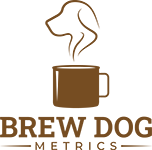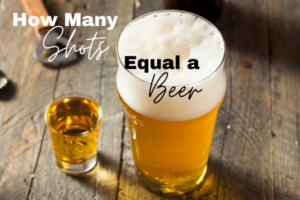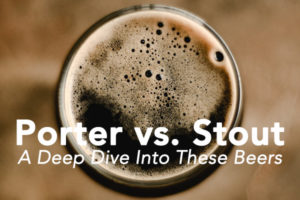Clean and refreshing, the India Pale Lager (IPL) mixes the hoppiness of the popular American IPA (India Pale Ale) and the crisp flavor of lager beers, resulting in an interesting, highly drinkable beer. Keep reading to read more about this IPL recipe.
But did you know?
India Pale Lager is not considered an official style of beer in the way that American Ale or European Amber Lager are. In fact, IPL is not even included in the Beer Judge Certification (BJCP) Guidelines; rather, it is considered as sort of a craft beer sub-category.
In essence, India Pale Lager is brewed using American IPA ingredients and methods and then fermented with lager yeast.
Sounds interesting?
Well, in this article, we’re going to show you how to brew a refreshing glass of this hoppy lager.
But first, here is some quick info about India Pale Lager.
Tasting Notes
Appearance
In terms of appearance, the India Pale Lager is deep amber to dark brown in color, with a foamy head.
Flavor and mouthfeel
India Pale Lager has moderate hoppiness and a hop-derived clean, crisp flavor with a hint of a fruity, citrus taste and malty sweetness. It is of medium body with a soft mouthfeel, which contrasts beautifully with its crispness.
Aroma
This beer has a floral and fruity aroma with notes of maltiness.
So now that you know what India Pale Lager is, let’s take a look at how it is made.
Check out our IPL recipe below.
Making India Pale Lager
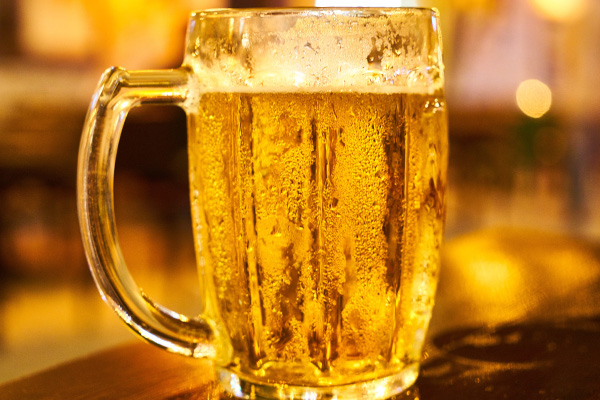
Recipe Details
- Batch size: 5.50 Gallons
- Color: 5.1 SRM
- Alcohol: 5.8 ABV
- Bitterness: 21.8 IBU
- Original Gravity: 1.055
- Final Gravity: 1.009
- Boil Time: 60 min
- Boil Size: 6 Gallons
- Recipe type: All-Grain Brewing
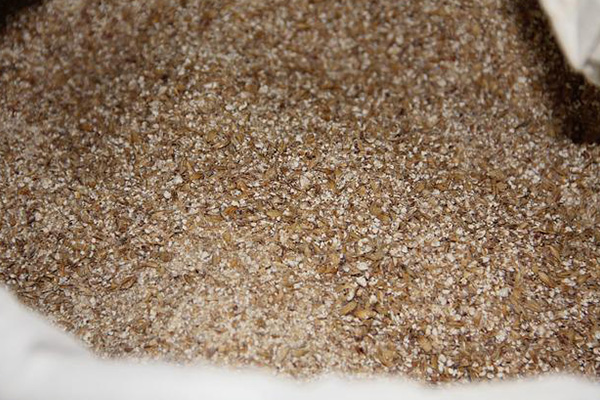
Fermentables
- 2-row Pale malt (60%) – 7 pounds
- Munich Light 10L malt (4%) – 0.5 pound
- Acidulated malt (2%) – 0.25 pound
- Caramel Pils malt (9%) – 1 pound
- Vienna malt (26%) – 3 pounds
Hops
- 0.75 ounce Centennial hops (9.2% AA)
- 0.25 ounce Cascade hops (5.8% AA)
- 1 ounce Citra hops (12% AA)
- 0.5 ounce Mosaic hops (12.7% AA)
Yeast
- Saflager W-34/70 yeast (2 packets)
Water profile
- Calcium – 58 ppm
- Magnesium – 24 ppm
- Sodium – 69 ppm
- Sulfate – 201 ppm
- Chloride – 107 ppm
- Bicarbonate – 36 ppm
Additions
- 1 piece Whirfloc tablet
- 2.5 teaspoons of yeast nutrient
- White Labs Clarity Ferm
- Gelatin (or any fining agent of your choice)
- Priming sugar
- Safale US-05 Dry Ale Yeast
Equipment
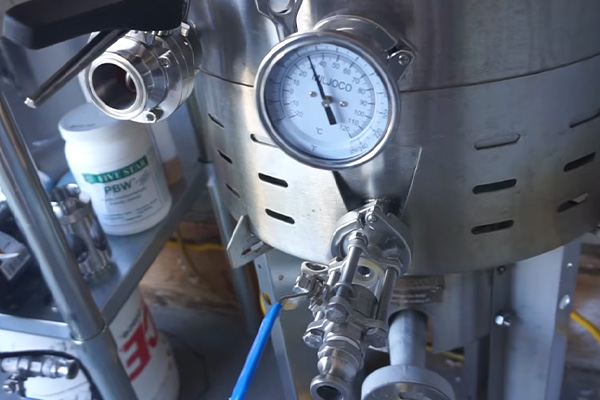
- Brewing kettle
- Mash tun
- Brew paddle
- Immersion wort chiller
- Fermentation vessel
- Airlock
- Hydrometer
- Auto-siphon
- Bottling bucket
- Bottles or kegs
Click the button below to view out favorite picks for an all-in-one home brewing system.
PROCESS
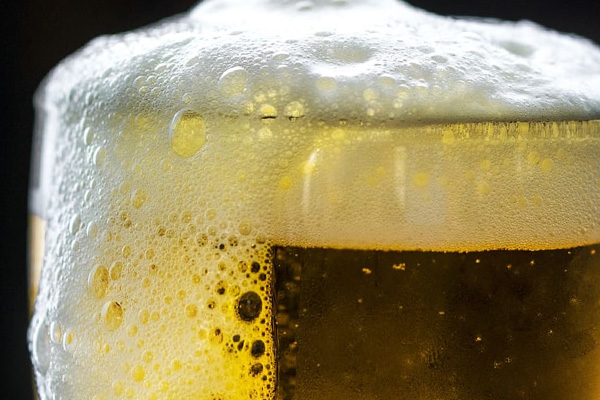
- Start by sanitizing all your equipment to avoid bacterial contaminations that can cause off-flavors in your batch.
- After everything has been sanitized, heat your strike water. Now it’s time for mashing.
- Take your mash tun and add the water and the malts. Mash for 60 minutes at 156 degrees Fahrenheit or 69 degrees Celsius.
- While waiting, heat your sparge water to extract as much flavor and solubles from the grains.
- Once the mashing has been completed, drain the wort from the mash tun into your kettle.
- Sparge using the water that you heated.
- Collect the wort that’s been extracted after sparging and transfer it into your brewing kettle. If you want to, you can also use your mash tun as a brewing kettle after you’ve removed the spent grain. The next step is the boil.
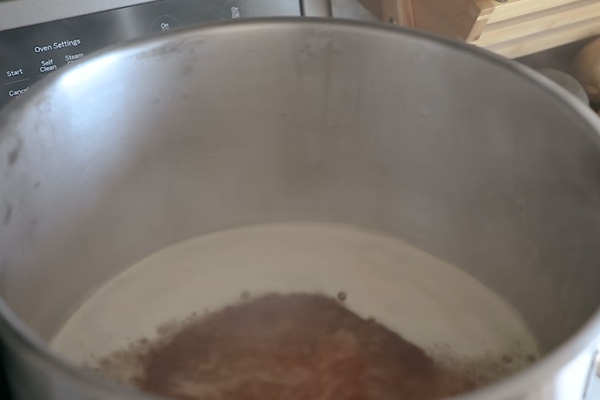
- Start boiling your wort for 60 minutes. For your 50-minute addition, add the bittering hops, 0.75 ounce Centennial hops. Also, add a mixture of 1 Whirfloc tablet and 2.5 teaspoons of the yeast nutrient. The mixture will help with the quality of the fermentation and in beer clarification.
- After the boil comes the flameout, where you’re going to turn off the heat sources. During the flameout, add 0.25 ounce Cascade hops, 1 ounce Citra hops, and 0.5 ounce Mosaic hops. With the hops added, let’s now move on to the chilling process.
- Next, chill the wort to around 70 degrees Fahrenheit or 21 degrees Celsius using the immersion wort chiller. Afterward, it’s time to ferment the wort.
- After the cool-down process, transfer the wort to the fermentation vessel. Add the White Labs Clarity Ferm, which is an optional step, but doing this will help prevent chill haze and reduce gluten levels in the finished beer.
- Pitch the two packets of yeast to start fermenting the beer.
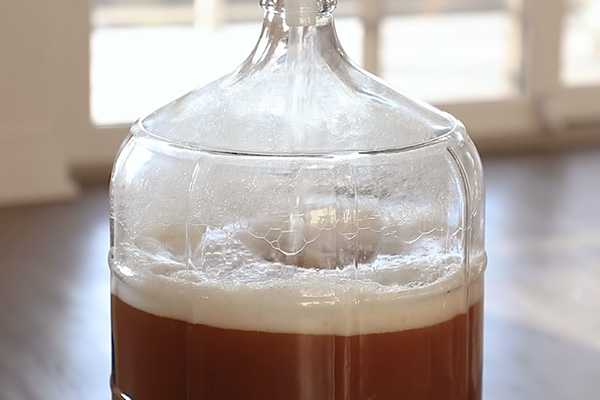
- Take your hydrometer and measure the starting or specific gravity of your beer; it should read 1.055 SG.
- Seal the fermenter and attach the airlock to the top of the vessel. Leave it for 12 hours or until you see that the airlock is starting to bubble. You can dry hop on day 4-5 of the primary fermentation process; however, do it for no more than 3-4 days to avoid any grassy flavor from forming. Dry hopping helps in infusing your beer with additional hop flavors and aroma. In this case, it will definitely bring out the flavor of tropical fruits, passion fruit, and citrus fruits in your beer.
- After 12 hours, take the fermenter to a temperature-controlled storage, such as a small wine fridge. Cool it to 55 degrees Fahrenheit and let it sit there for 5-7 days.
- The next step is to take it out of the storage and return it to room temperature, around 70 degrees Fahrenheit. Leave it for a week or until you hit the desired final gravity, which is 1.009.
- Now you can add your fining agent, which can be Whirlfloc tablets, gelatin, isinglass, Polyclar, Irish moss, or Chillguard. For this recipe, we’re using gelatin.
- Cold crash at about 33 degrees Fahrenheit. Wait for a minimum of 2 days.
- Afterward, transfer the beer to a keg and purge with CO2, then lager at 33 degrees Fahrenheit for at least 7 days.
- Before bottling or kegging the beer, we’re going to carbonate it first. Start by preparing your priming sugar. To know how much priming sugar you will need for your beer, use this online calculator.
- Boil the priming sugar in hot water and add it to the beer, followed by a packet of Safale US-05 Dry Ale Yeast. Stir very carefully to avoid introducing any oxygen, which can cause a stale, cardboard-like taste in the beer and decrease the beer’s shelf life. This process results in the yeast consuming the priming sugar, which then produces carbon dioxide gas and leads to natural carbonation.
- Now you can rack the beer into the bottling bucket.
- Bottle or keg the beer— and enjoy!
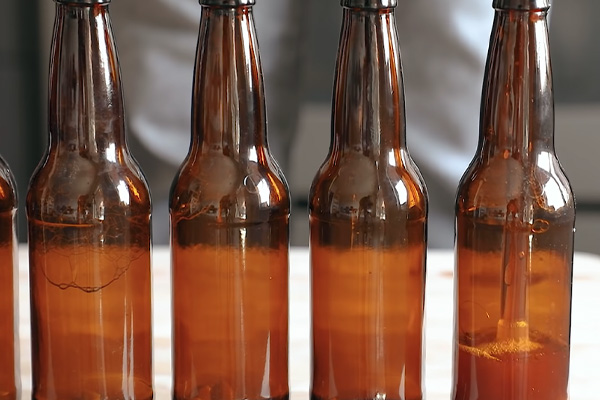
Food Pairings
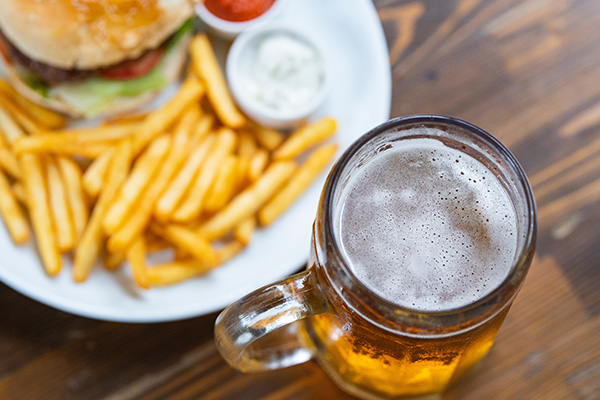
Enjoying your IPL? Take the experience to the next level by pairing it with these foods:
- Burgers – The savory taste of the burger meat complements the malty and toasty undertones in the IPL. In turn, the citrus flavors from the IPL’s hops bring out the flavors of the burger’s cheese, bacon, and BBQ sauce.
- Cheese – Cheese would make a great pairing with India Pale Lager as its saltiness goes perfectly well with this beer’s sweet, fruit flavors and distinctive hop aroma.
Types of Lager Beer
If you liked our India Pale Lager recipe, here are some of the other types of lager beer to try:
Pilsner
One of the most popular beer styles in the world, Pilsner is a type of lager beer that originated from Plzeň (hence the name), a Czech Republic city. This style is characterized by its remarkably light color, floral aroma, and high hop bitterness. Some examples of Pilsners are Czech or Bohemian lager, German Pils, European-style Pilsner, and American-style Pilsner. Click the following link to check out our Pilsner Recipe.
- ABV: 4.5-5%
- IBU: 25-50
- Serving temperature: 40-45 degrees Fahrenheit
American Pale Lagers
This type of lager has a light straw to gold color and a medium body. Its alcohol content generally ranges from 3.5-5% ABV, making it a great session beer.
- ABV: 3.5-5%
- IBU: 5-19
- Serving temperature: 30-40 degrees Fahrenheit
Bock beer
The Bock beer is a dark-colored lager beer from Germany. It has very strong malt flavors and low hop bitterness. The Bock beer comes in various styles: Traditional bock, Doppelbock, Maibock, Weizenbock, and Eisbock.
- ABV: 6.3-7.5%
- IBU: 20-30
- Serving temperature: 40-50 degrees Fahrenheit
Vienna Style Lager
This style features a copper to reddish-brown color, a malty aroma with bread and toasty notes, and a malty, crisp flavor. It has 4.5-5.5% ABV and is best served at a temperature range of between 40-45 degrees Fahrenheit. It originated from Austria and was developed by the Austrian brewer Anton Dreher in the 1830s.
- ABV: 4.7-5.5%
- IBU: 22-28
- Serving temperature: 40-45 degrees Fahrenheit
Dunkel
A German-style dark lager beer that is traditionally brewed in Munich. Generally, it is reddish-mahogany to deep brown in color and has a malty aroma and flavor with toasty, chocolate, toffee, nutty, or caramel notes. It is quite clear in appearance and has a medium to medium-full body.
- ABV: 4.8-5.3%
- IBU: 16-25
- Serving temperature: 40-45 degrees Fahrenheit
Helles
A pale lager with a name that comes from the German word “hell,” which translates to “bright” or “light/pale.” It was developed by Bavarian brewers in Munich in the late 19th century as an answer to the Czech Pilsner, which rose in extreme popularity at that time. It is known for its light amber to golden color and clean, malty flavor with bready notes. It shares the same spicy hop aroma with the Czech Pilsner. It is also known as “Munich Helles Lager.”
- ABV: 4.8-5.6%
- IBU: 18-25
- Serving temperature: 40-45 degrees Fahrenheit
German Style Schwarzbier
A dark lager beer that is brewed using roasted malt, which gives it its deep mahogany to dark chocolate brown, almost black, color. It is characterized by its surprisingly sweet and rich chocolate and coffee flavors. Some modern examples of this style are Samuel Adams Black Lager, New Belgium 1554 Black Lager, Xingu Black Beer, and Köstritzer Schwarzbier.
- ABV: 3.8-4.9%
- IBU: 22-30
- Serving temperature: 40-45 degrees Fahrenheit
Conclusion
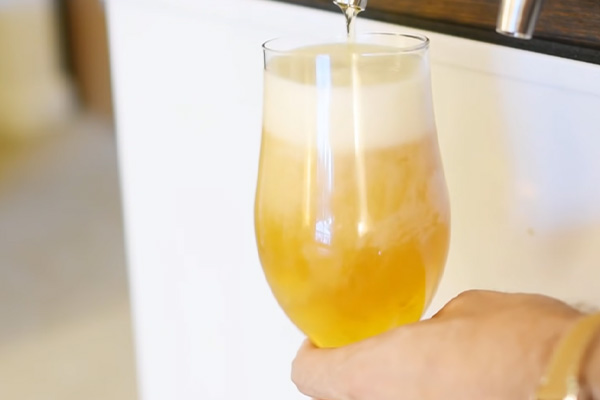
And now we’re done!
A perfect marriage between the American IPA and lager beer, India Pale Lager is definitely one of the most unique beer styles for home brewers to try. Who could resist a crisp, refreshing beer with IPA’s clean, fruity, and citrusy flavor combined with lager beer’s brightness and clarity?
We love how refreshing this beer is; to us, it is one of the best beer to chill with during the summer months, whether you’re enjoying the outdoors or relaxing at the comfort of your home. So go crack a cold one with your buddies!
Good luck and happy brewing!
